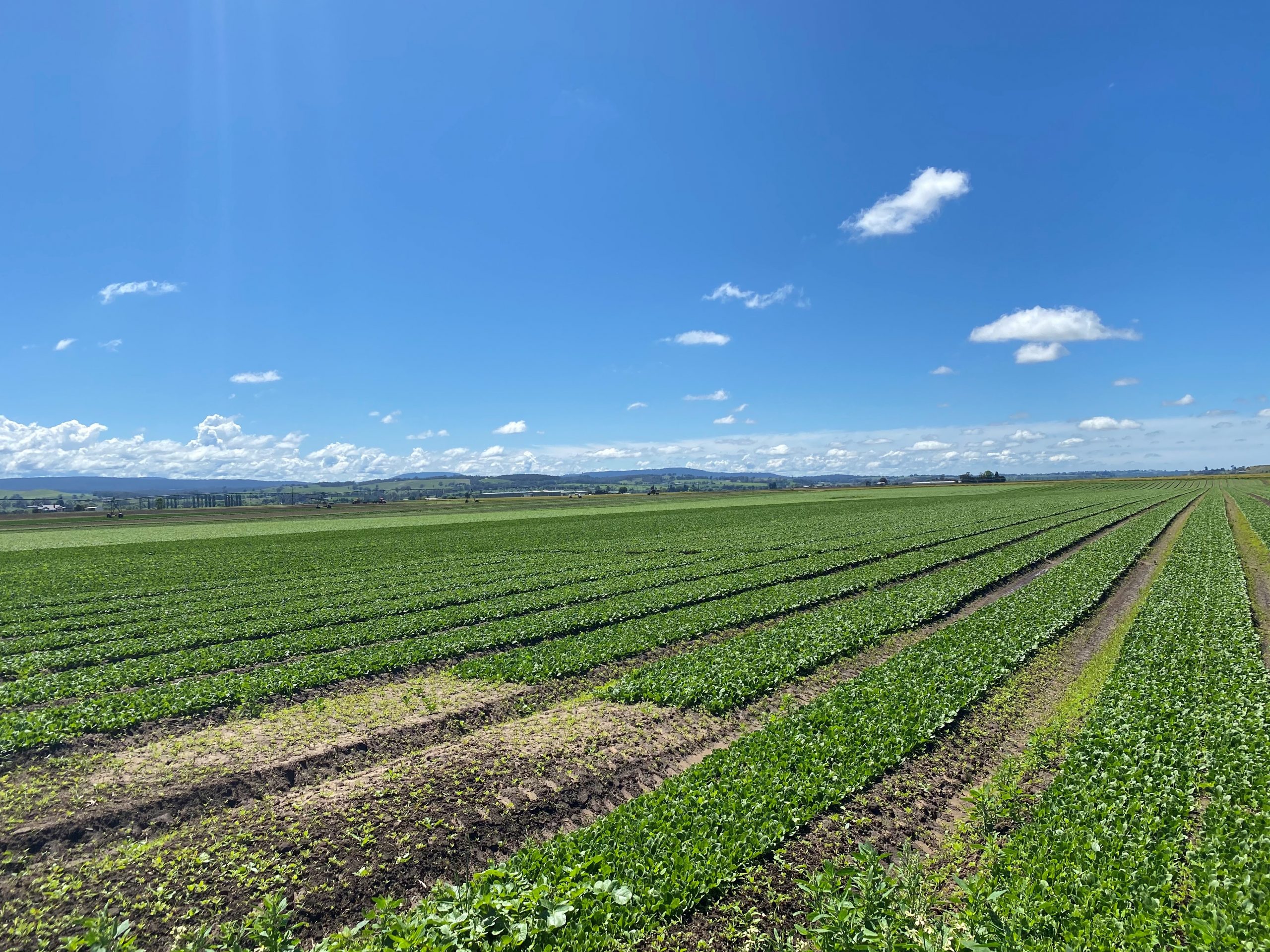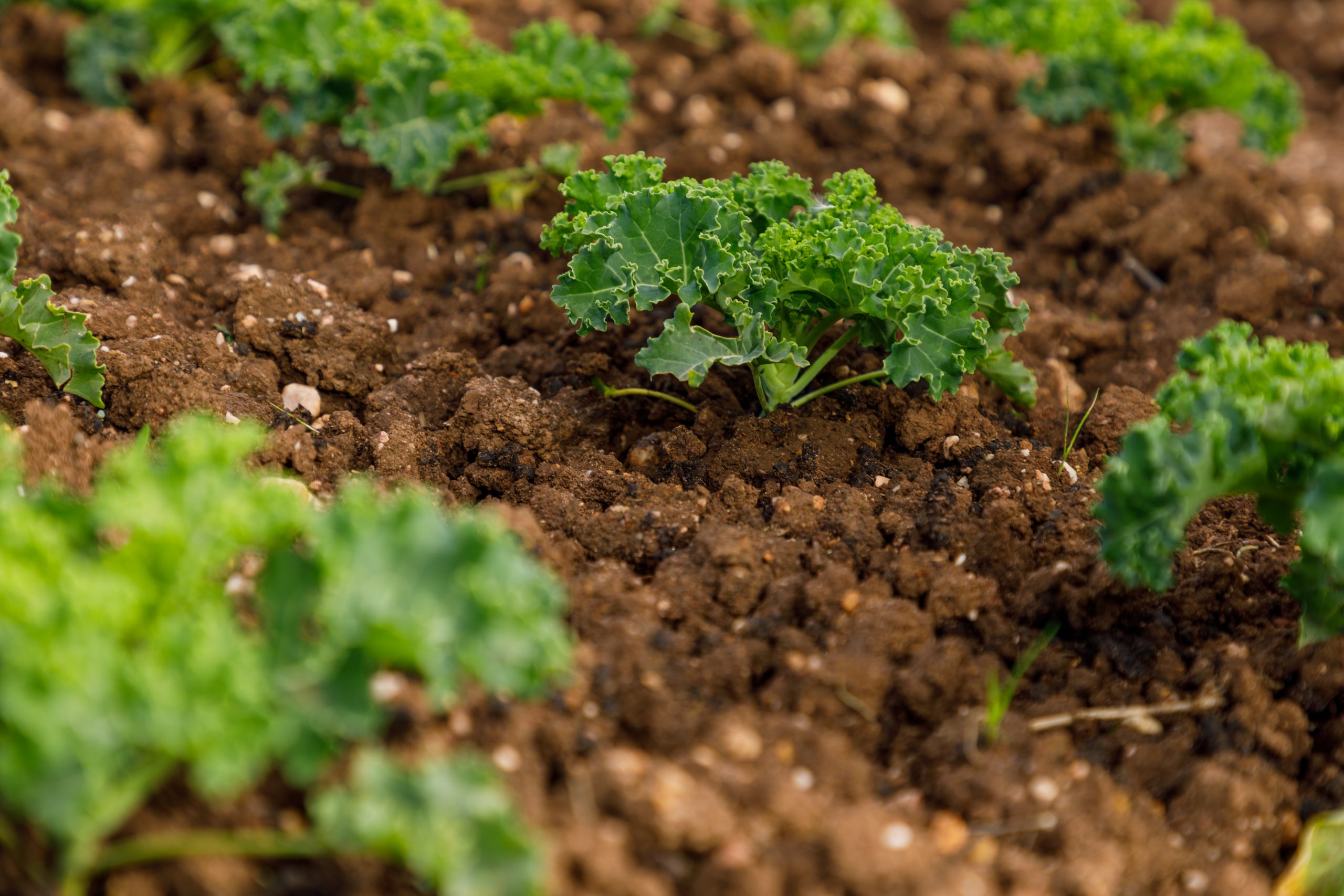Information on Fall armyworm and Serpentine leafminer
30 November 2020
Gippsland grower groups looking forward to a collaborative future
1 December 2020AUSVEG SA is the state-wide representative body for South Australia’s $700 million vegetable industry. The VegNET – South Australia project allows AUSVEG SA to support the continuation of extension services, and provides an important link between growers and levy-funded R&D. It also allows AUSVEG SA to better support industry by applying research findings to real-life situations. VegNET Regional Development Officer Yanyu Liang provides a project update.
LEAN Efficiency program
Review and identify opportunities for automation
This program aims to utilise a “LEAN” manufacturing approach with horticultural and vegetable producers that involves reviewing current business efficiency and automation. This program extends the trial opportunities on the Northern Adelaide Plains to the Murraylands and Riverland regions. It also provides vegetable and horticultural growers in those regions with the opportunity to access specialist and expertise.
There are three program objectives:
- Assist selected participants to review their current business efficiency, and identify opportunities for automation in the field and packhouse production.
- Assist eligible clients to identify achievable productivity improvements.
- Develop a series of actionable improvements to business process and infrastructure in a form that the project participant can implement.
Up to 10 places in the pilot program will be competitively awarded via a selection process. Once growers are selected, they will then participate in an introductory workshop.
Waste assessments
AUSVEG SA conducting waste assessments with Rawtec
AUSVEG SA and Green Industries SA (GISA) have partnered to deliver the Advanced Horticulture Waste Management Program for South Australian horticultural growers.
As part of the program, AUSVEG SA and waste and resource management consultancy Rawtec will conduct a series of site assessments with growers to identify ways to improve efficiency (better use of inputs) and to avoid, reduce and recycle waste for economic and environmental benefits.
This program offers a significant opportunity to participating growers to review their current waste management procedures, better manage the costs and usage of materials inputs – such as packaging – and assess their current performance to put in place improvements over time.
Modern horticultural businesses are facing increasing attention from local governments, regulators and supermarkets to demonstrate sustainable practices in their business. This program offers an opportunity for interested growers to receive information and business support to assess their current performance and identify improvements across the business.
Planning activities
Upcoming R&D events
AUSVEG SA has already engaged with a number of research projects and plans to hold a number of R&D extension events as a result. These include workshops on value-added waste management and engagement with the Harvest to Home project (MT17017), which is delivered by Nielsen. AUSVEG SA will roll out these events and opportunities for growers over the coming year.
Progress update: Regional extension plan
Following grower discussions and input, AUSVEG SA has established the Regional Extension Advisory Group. This now means that project foundational activities have been completed.
The five-year regional extension plan and project plans have been developed and approved. This was achieved with input from Regional Extension Advisory Group and Hort Innovation. The next stage of the project will involve delivering against the annual work plan, and successful delivery of extension activities and events.
Find out more
Please contact AUSVEG SA CEO Jordan Brooke-Barnett at jordan.brooke-barnett@ausveg.com.au or VegNET SA RDO Yanyu Liang at yanyu.liang@ausveg.com.au.
VegNET – South Australia is a strategic levy investment under the Hort Innovation Vegetable Fund.
This project has been funded by Hort Innovation using the vegetable research and development levy and contributions from the Australian Government.
Project Number: VG19015
This article first appeared in Vegetables Australia – Summer 2020/21. To read the full publication, please click here.

